Test Amit sep
Futuristic Virtual/Augmented Reality Technologies: Transforming Healthcare
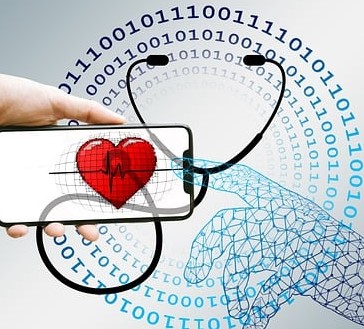
VR and AR can also improve patient experience and reduce stress and anxiety levels. For instance, VR can create a virtual environment that distracts, and calms patients during painful procedures, such as injections or blood draws.
In conclusion, VR and AR technologies offer myriad possibilities in healthcare, from medical training and remote monitoring to improving accuracy during surgical procedures and enhancing the patient experience. These technologies can potentially transform the healthcare industry, providing better patient care and outcomes while reducing costs and increasing efficiency.
Futuristic Virtual/Augmented Reality Technologies: Transforming Healthcare
Today, human society heavily relies on technology to function. The advancement and evolution of state-of-the-art technologies, such as quantum computing and artificial intelligence, have significantly transformed how we carry out tasks. Apart from the human-machine interface that facilitates interaction between individuals and machines, there has been a surge in the development of Virtual Reality (VR), Augmented Reality (AR), and Mixed Reality (MR) technologies, which aim to blend the real and virtual worlds seamlessly.
VR and AR are complementary technologies that aim to immerse individuals in a virtual environment to enhance their sensory experience. While VR is often associated with computer simulations and alternate realities, AR blends virtual and real-world objects to create interactive 3D experiences.
AR has been widely used in gaming, entertainment, education, and advertising. However, it has also made significant strides in the healthcare industry, particularly in medical training, patient care, and surgical procedures. As a vital industry that serves millions globally, healthcare faces significant challenges, such as rising costs of services and a shortage of healthcare workers. Innovative technological solutions such as AR are increasingly necessary to address these challenges and improve patient care.
This article explores AR transforms healthcare, from patient diagnosis to treatment and post-treatment follow-up.
AR in Medical Training
AR is used in medical training by creating virtual 3D human body models. Medical students can view and manipulate these models on devices such as tablets and smartphones, allowing them to see the intricate details of human anatomy more realistically. This can help students to understand complex concepts and processes better. Additionally, medical students can use AR technology to practice surgical techniques and procedures, such as inserting catheters or performing laparoscopic surgery. This allows students to gain valuable hands-on experience in a safe and controlled environment without the risk of harming actual patients.
In addition to anatomy and surgical training, AR can teach students about medication and drugs' effects on the human body. For example, AR can display graphics and animations that show how specific drugs interact with the body, giving students a better understanding of the pharmacological effects of different medications.
AR for Surgical Precision
Augmented reality (AR) in surgery has emerged as an innovative approach to improving healthcare outcomes. Medical surgeries are a critical aspect of healthcare, and integrating AR technology can offer several advantages. One such benefit is the ability to provide a realistic depiction of surgical procedures during various operations. In addition, AR can serve as a practice tool for medical students, enabling them to learn medical processes without relying solely on traditional cadaver-based practice. Additionally, using AR can guide learners through the steps of the procedure, facilitating learning by providing hands-on experience.
Another advantage of using AR in surgery is leveraging remote expertise. Sometimes, a specialist may be required to perform surgery, but they may be located miles away. By using AR-based applications and digital devices, surgeons can maintain real-time visual-based communication with remote specialists while performing surgery.
AR for Accurate Vein Location
Accurate and efficient vein location is crucial in many medical procedures, such as intravenous injections, blood sampling, and catheterization. However, in some instances, traditional methods of locating veins, such as palpation and visual inspection, can be time-consuming, inaccurate, and sometimes tricky. AR can superimpose a real-time image of the patient's veins onto the skin's surface, providing medical professionals with a clear and accurate view of the veins. This is accomplished using a specialized AR device, such as a headset or a tablet, which utilizes advanced computer vision algorithms and real-time image processing.
AR in Medical Imaging
Medical imaging refers to using technology to produce visual representations of the body's interior, which medical professionals then use to diagnose and treat various conditions. Augmented reality (AR) technology has the potential to enhance medical imaging by providing real-time, interactive visual feedback to medical professionals.
AR technology can create specialized devices that combine with sensors and software to capture various readings and images of the internal organs. This information can then be displayed in real-time, using graphics and other visual aids to provide a comprehensive and detailed view of the patient's condition. This can help medical professionals to identify potential problems more quickly and accurately and to tailor treatment plans accordingly.
One of the significant advantages of AR in medical imaging is that it can help to educate patients about their condition and treatment options. By displaying visual representations of the patient's internal organs and how various treatments will affect them, medical professionals can help patients better understand their condition and make informed decisions about their treatment.
Furthermore, AR technology can create virtual simulations of medical procedures, allowing medical professionals to practice and refine their techniques before performing them on patients. This can help reduce the risk of errors and complications during procedures, leading to better patient outcomes.
AR for Improved Symptoms Description
This innovative technology helps doctors accurately diagnose and treat conditions and facilitates patients' comprehension of their symptoms, thus promoting greater engagement and participation in their treatment plans. AR for Drug Information
Innovative drug information can be imparted to patients more engagingly and effectively through augmented reality and cutting-edge graphics. This approach allows pharmaceutical companies to establish a credible and reliable reputation in patients' minds by providing a 3D visualization of how the medication operates within their bodies to combat specific medical conditions.
Conclusion
The rapid advancements in Virtual Reality (VR) and Augmented Reality (AR) technologies have opened up endless possibilities for revolutionizing healthcare. These futuristic technologies can transform the way healthcare professionals diagnose, treat, and care for patients.
One of the most significant advantages of VR and AR in healthcare is the ability to provide immersive and interactive training to medical students and healthcare workers. Medical students can simulate complex surgical procedures and practice them repeatedly without any risks to actual patients. This technology also offers opportunities to train for rare and complex procedures, which are challenging to experience in real-life scenarios.
How would you rate this Article ?
Press the number of stars to rate this Magazine.
4.5 Author Points.
Based on 20 Magazines written by this author.
5 Magazine Points.
Based on 1 Ratings.


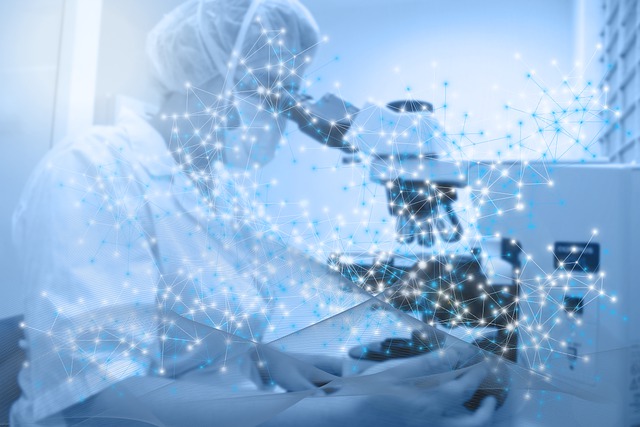



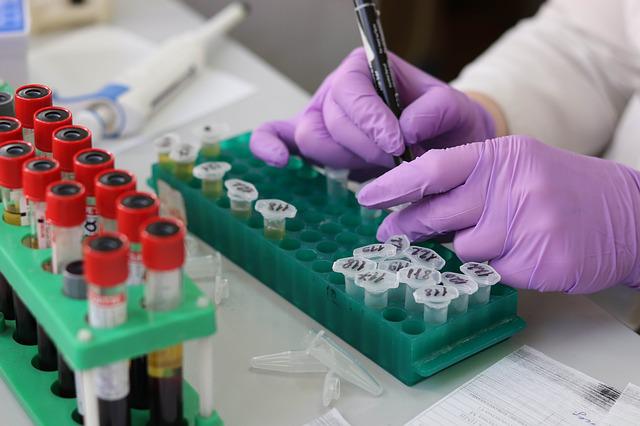






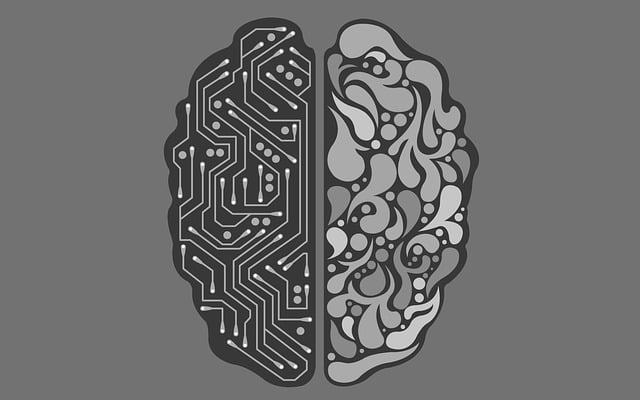



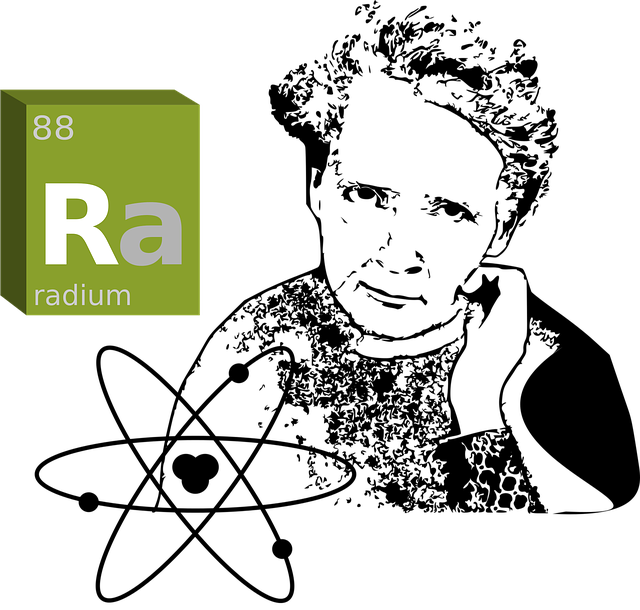












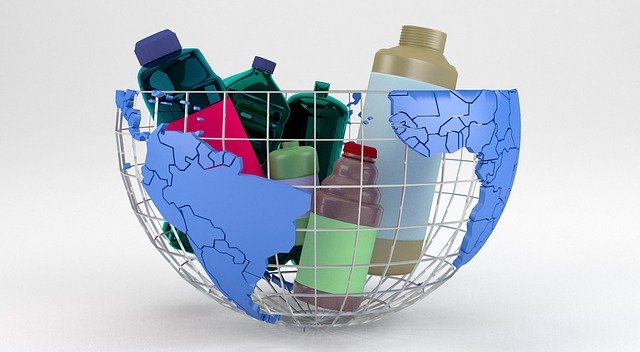



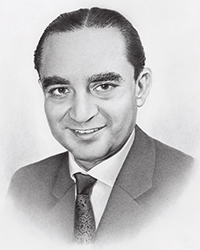
Please Sign In or Sign Up to leave a Comment.